Recently, the Pay as You Go Business Model gained immense popularity! Reason? You pay for only the stuff you use and for the period you use it.
No upfront payment, no overpaying for services, no complex pricing, high flexibility, and the list of benefits goes on…

So, in this article, we will dive into seven huge businesses that are efficiently working on the Pay as You Go business model.
(A) Amazon Web Services (AWS)
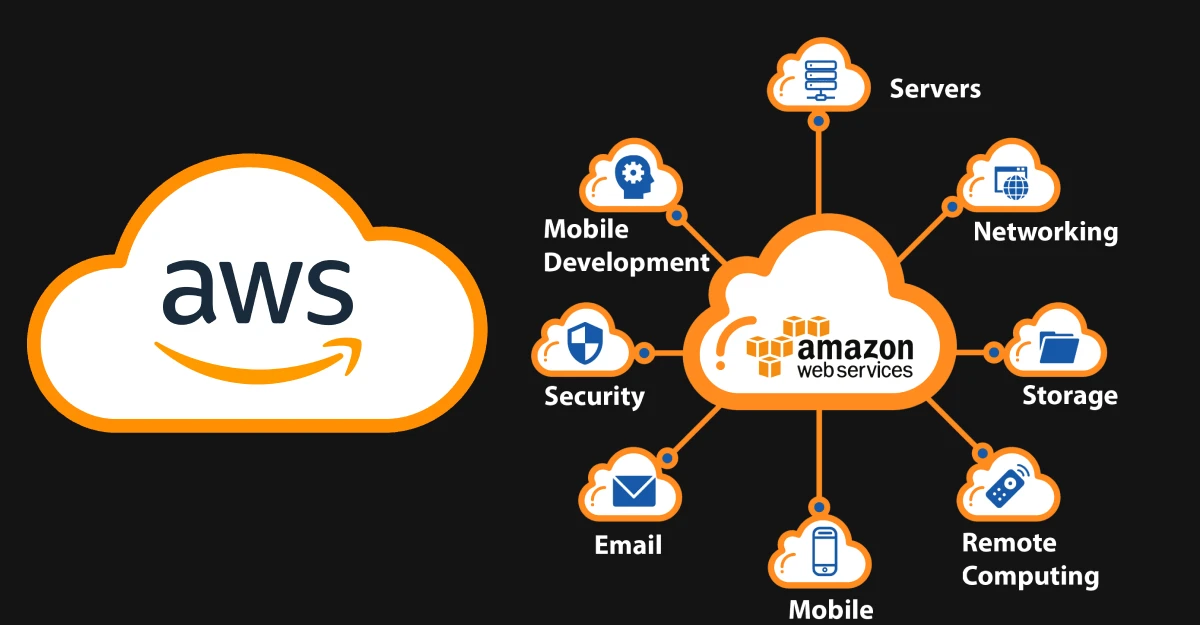
Amazon Web Services (AWS) operates on a pay-as-you-go system, much like how you pay for utilities such as water and electricity. Here’s how it works and why it has made AWS so popular-
- Customer-Focussed Services: AWS puts customers first, ensuring they get reliable and effective services.
- Highly Affordable: You can start with AWS for as little as $5, making it attractive to businesses of all sizes.
- Free Trials: AWS offers free trials, letting you try out their services without committing financially.
- Pay-On-The-Go: You only pay for what you use each month, similar to how you pay for electricity. There are no hidden fees or penalties for stopping.
- Volume-Based Discounts: As you use more, AWS offers discounts, making it cost-effective as your needs grow.
Let me briefly describe it with the help of an example. If you estimate you’ll use 500 GB but only end up using 200 GB, you’ll only pay for the 200 GB. This flexibility allows you to scale up or down as needed.
In short, AWS’s pay-as-you-go model ensures you only pay for what you use, making it easy for your business to adapt and grow without unnecessary costs.
(B) Azure
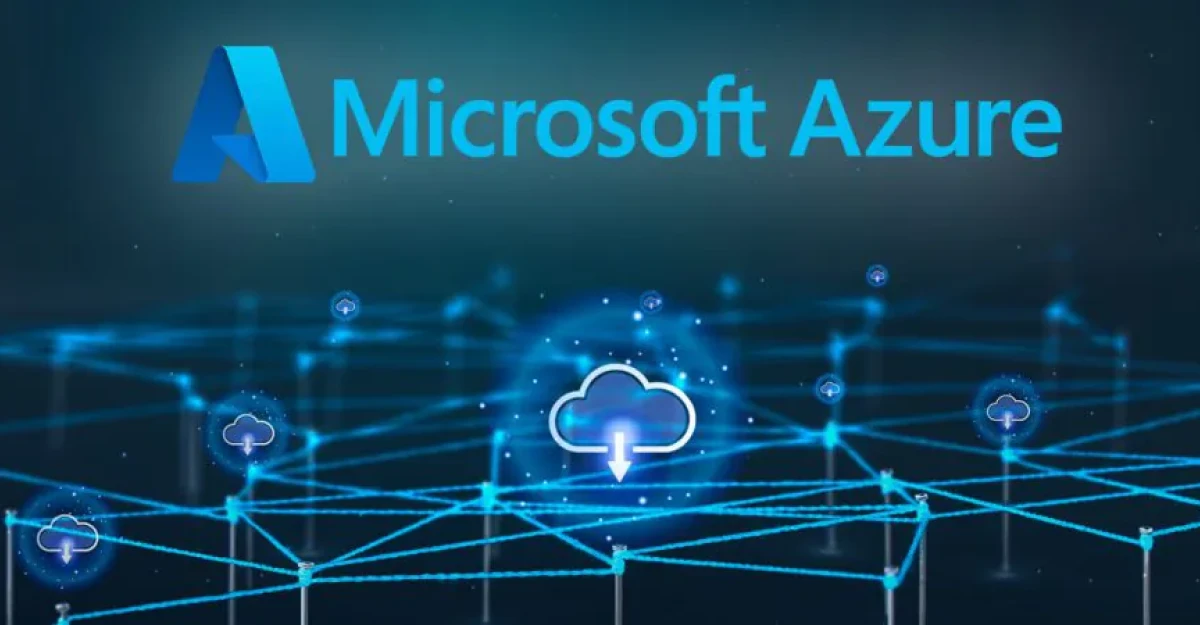
Microsoft Azure is winning the pay-as-you-go business model with the following key features-
- Transparent Pricing Changes: Azure notifies users via email at least 30 days before any changes to pay-as-you-go rates and informs them in advance about new services and associated fees.
- Free Services for New Customers: New users get access to monthly free amounts of popular services for 12 months, after which they’re billed at standard rates. Some services remain free indefinitely for Azure account holders.
- Communication and Payment: Users need only a phone number, credit card, or debit card (non-prepaid), and a Microsoft or GitHub account. Communication includes periodic emails with tips and offers, and payment is required for any outstanding fees upon cancellation.
- Temporary Authorizations and Cancellation Policy: Temporary authorizations may be placed on credit or debit cards before billing, and users can cancel anytime with payment required for outstanding fees.
- Limits, Quotas, and SLAs: Azure sets limits and quotas but can adjust them upon request. Each service has service-level agreements (SLAs), and Azure reserves the right to remove inactive accounts or services.
Thus, Azure’s pay-as-you-go model offers flexibility, transparency, and a wide range of services created for individual needs!
(C) Twilio
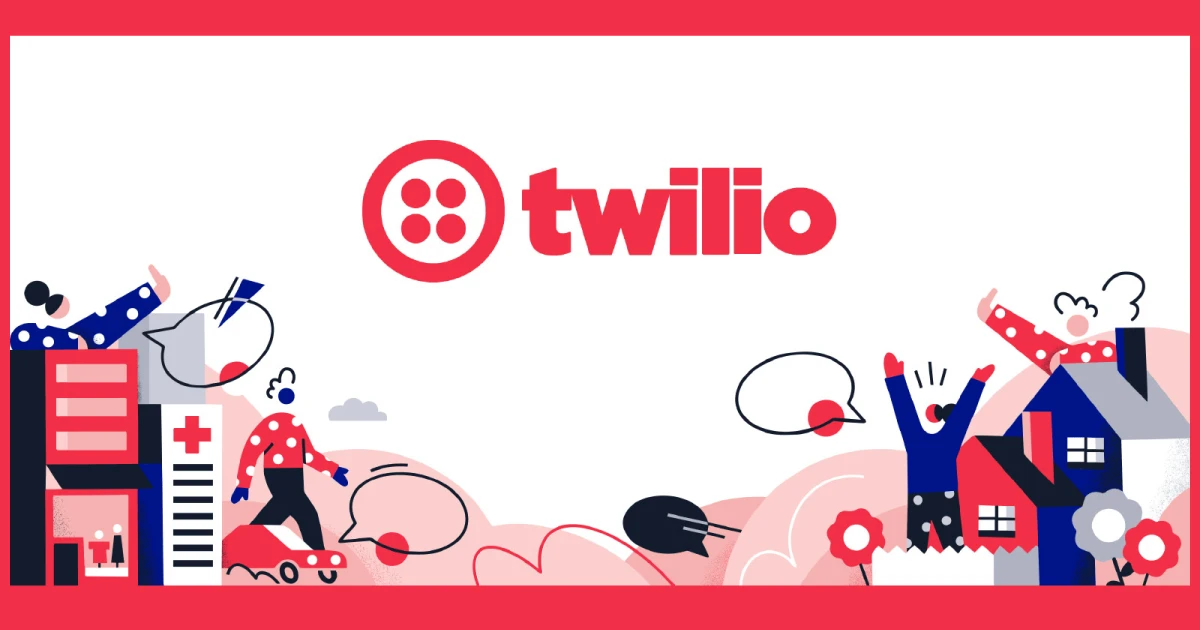
Twilio, a cloud communications platform, has become very successful with its pay-as-you-go model. Here is how Twilio works-
- Usage-based pricing: Instead of fixed prices, Twilio charges based on how much you use their services. If you make voice calls, send texts, or use other communication features, you pay for what you actually use.
- Flexibility for Developers: Twilio focuses on making its services appealing to developers. Developers can easily integrate Twilio’s communication features into their applications and pay only for the resources they use.
- Business Strategy: Twilio plans to get developers interested first, then get bigger companies on board later. This has helped them grow and make more money over time.
- Revenue Source: Twilio makes most of its money from its platform called the Programmable Communications Cloud. This platform gives developers tools to create things like voice calls and messages. Products like TaskRouter and Flex also bring in money for Twilio.
- Collaboration with other Companies: Twilio works with other big companies like Amazon and Microsoft to make sure their services work well together. They also focus on keeping their platform running smoothly and helping customers when they need it.
- Scalability and Affordability: With Twilio’s pay-as-you-go model, businesses can scale their communication needs as they grow. This model offers affordability as customers are not tied to fixed contracts or upfront fees.
- No Lock-In Contracts: Customers are not bound by long-term contracts or complex licensing agreements. They have the flexibility to use Twilio’s services as needed without worrying about termination fees.
Thus, Twilio’s pay-as-you-go business model provides flexibility, scalability, and cost-effectiveness for businesses of all sizes, making it a popular choice for communication solutions.
(D) Stripe
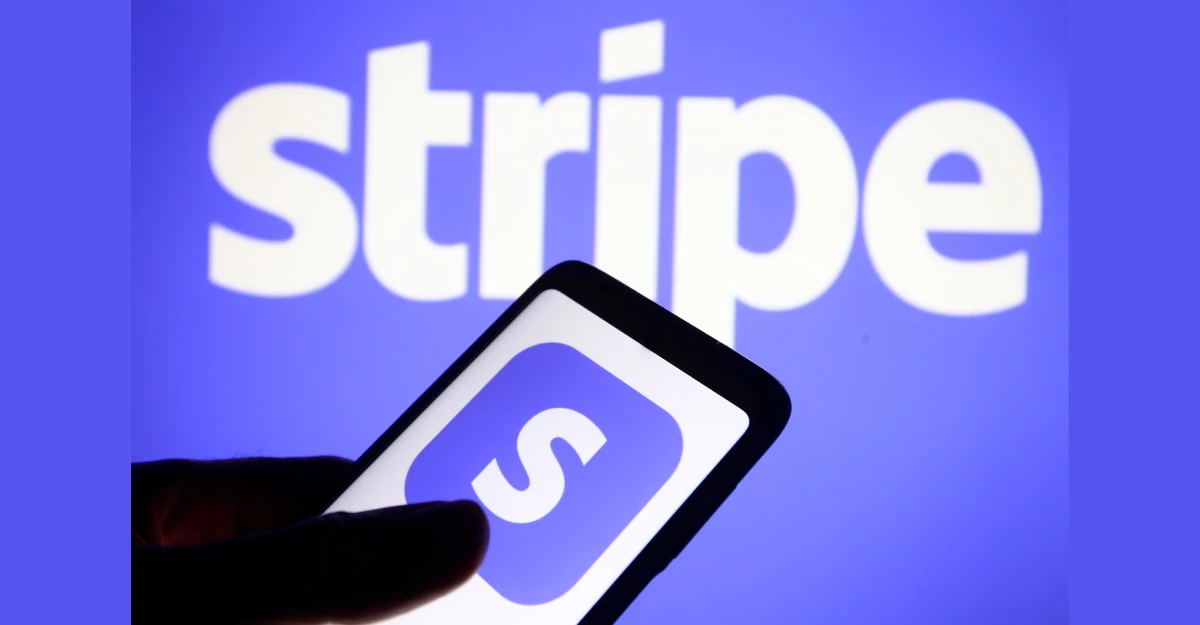
Stripe works on a pay-as-you-go model, making it easy for businesses to handle payments. Here’s how it works smoothly-
- Working Strategy: When customers pay, Stripe acts as the merchant, and the business owner becomes a sub-merchant. Unlike traditional setups, businesses don’t need a separate merchant account, saving time and hassle. Earnings from transactions are usually processed within two business days, and businesses can choose how often they want deposits.
- Payment Processing Platform: Stripe offers a pay-as-you-go platform for businesses to accept payments online or in person. For online transactions, businesses pay 2.9% plus 30 cents, and for in-person payments, it’s 2.7% plus 5 cents. There are no monthly or annual fees, so businesses only pay for the transactions they process
- Revenue Generation: Stripe makes money by charging merchants for each transaction they process. Fees vary depending on the type of transaction, such as direct payments, invoicing, and terminal (in-person) payments. Stripe also offers additional services like fraud management, custom reports, and tools for setting up companies quickly. Revenue is also generated through services like Stripe Climate, where customers can contribute to carbon removal technologies.
In short, Stripe’s pay as you go business model simplifies payment processing for businesses, and its range of services has made it a leader in the global payments industry.
(E) WeWork
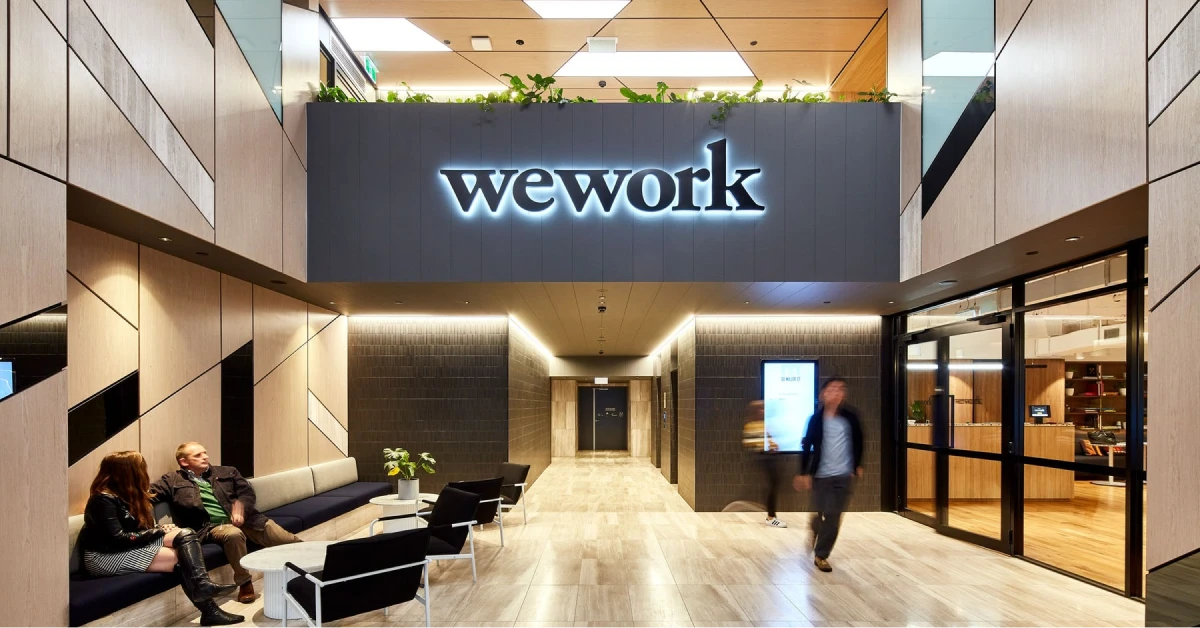
WeWork has mastered the pay-as-you-go business model, offering flexible coworking spaces since its New York founding in 2010. Here’s how they make it work-
(E.1) Flexibility and Membership Options
WeWork offers flexibility with no long-term leases. Clients can choose from six membership levels-
- All Access: Access to workspaces worldwide
- On-Demand: Pay only when using space
- Dedicated Desks: Leased for stable workspace
- Small Private Offices: Furnished for individual workers
- Office Suites: For larger teams
- Customer Full-Floor Offices: For expanding businesses
(E.2) WeWork On Demand
Let me explain this part. Similar to “Uber for workspaces,” it’s a pay-as-you-go service for booking desks and meeting rooms at over 330 WeWork locations worldwide. Users aren’t tied to monthly memberships or long-term leases.
(E.3) Subdividing Large Office Spaces
WeWork leases large office spaces and splits them into smaller units. Monthly memberships are offered to various entrepreneurs and companies.
(E.4) Resilience and Adaptability
WeWork has shown resilience despite challenges like the pandemic. It’s expected to return to profitability by the end of 2021.
Thus, WeWork’s ability to offer flexible workspaces, adapt to changing needs, and provide pay-as-you-go options has led to its ongoing success in the coworking industry.
(F) Bird
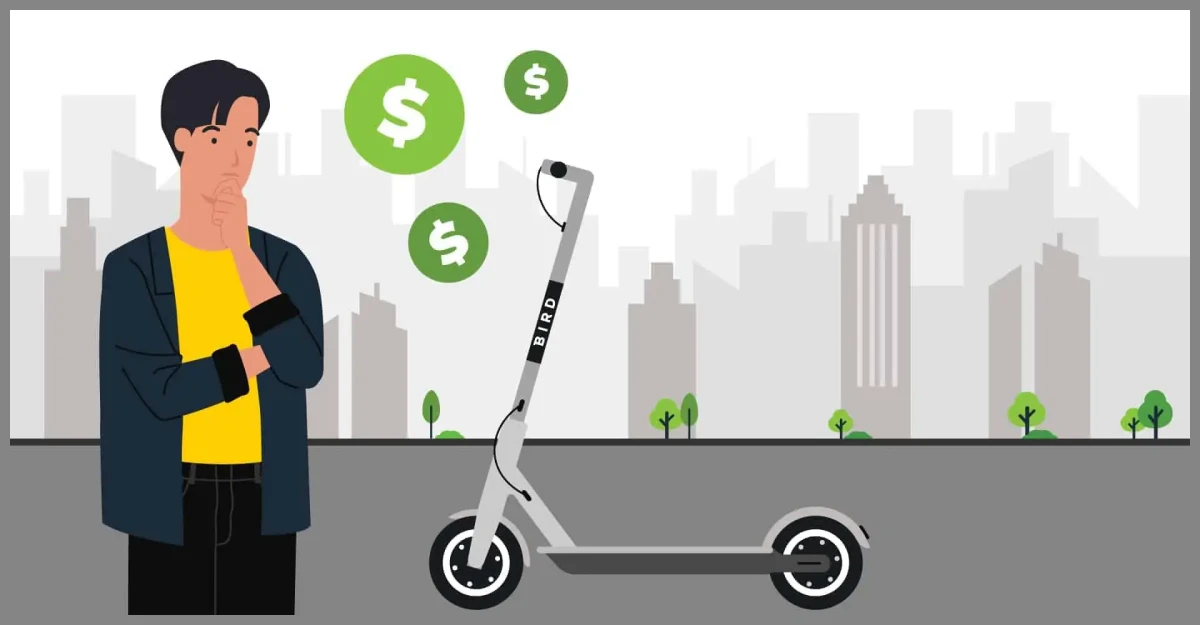
Bird successfully operates its pay-as-you-go business model through the following key strategies-
- User-friendly app: Bird provides a user-friendly mobile app that allows customers to easily locate nearby scooters using GPS, unlock them by scanning a QR code, and start riding within minutes.
- Transparent Pricing: The pricing structure is straightforward, with customers paying a base fee to unlock the scooter and a per-minute charge for the duration of the ride. This transparency helps users understand exactly what they’re paying for and encourages them to use the service more frequently.
- Dockless Scooters: Bird’s dockless scooter system allows users to pick up and drop off scooters at their convenience, without the need for designated docking stations. This flexibility enhances the user experience and encourages spontaneous usage.
- Optimized Operations: Bird continually optimizes its operations to reduce costs and improve efficiency. This includes strategies such as deploying sturdier scooters to minimize depreciation, leveraging advancements in battery technology to extend ride times, and optimizing scooter placement to meet demand.
- Partnerships and Revenue Diversification: In addition to user fees, Bird explores partnerships and revenue streams such as advertising and data monetization. By diversifying its sources of revenue, Bird reduces reliance on user fees and strengthens its overall business model.
These strategies enable Bird to effectively meet the needs of its customers while maintaining a sustainable and profitable business model!
(G) Zipcar
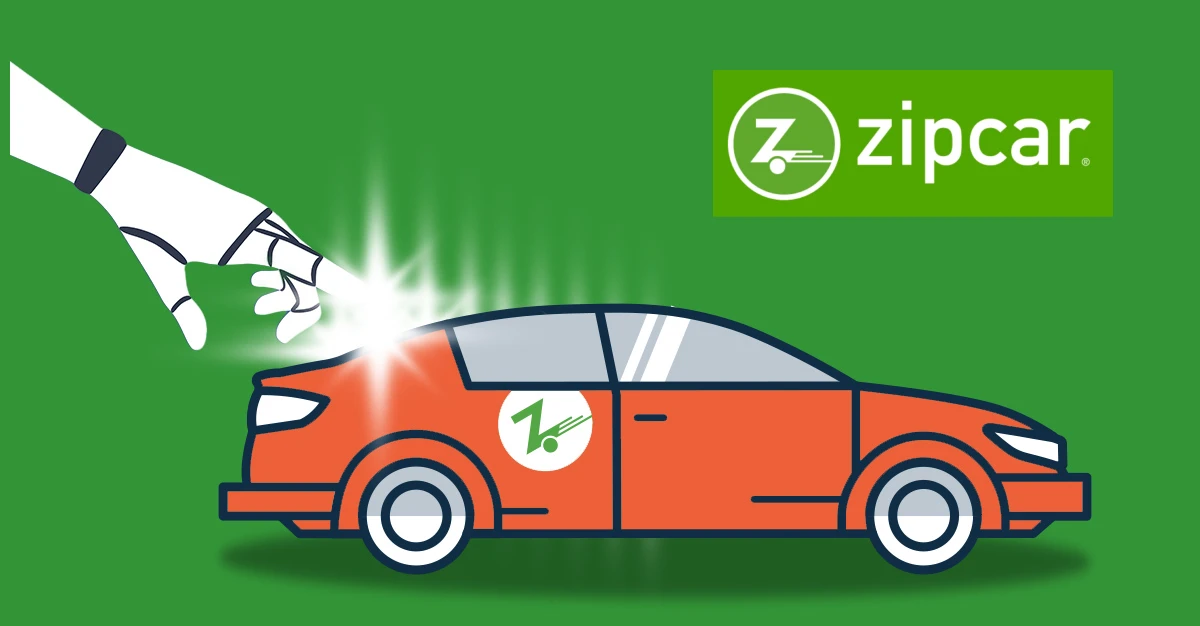
Zipcar operates on a pay-as-you-go (PAYG) business model, offering members convenient access to shared vehicles. Here is how it works-
- Membership-based access: Members sign up for a Zipcar membership, typically paying an annual fee. Once registered, members gain access to Zipcar’s fleet of vehicles parked at various locations within cities.
- Reservation and Usage: Members can reserve a Zipcar online or through the mobile app for a specific duration, typically by the hour or day. When it’s time to use the car, members locate the reserved vehicle at its designated parking spot. Members unlock the Zipcar using the app or a membership card.
- Usage Fees: Members are charged based on their usage, typically by the hour or day, depending on the length of the reservation. The fees include the cost of rental, fuel, insurance, maintenance, and parking.
- Flexible Return: After using the Zipcar, members return it to the designated parking spot within the agreed-upon timeframe. Once the car is parked and locked, the reservation ends, and billing stops.
- Benefits of Pay as You Go (PAYG) model: With the PAYG model, members only pay for the time they use the car, offering cost-effectiveness and flexibility. Compared to traditional car ownership, Zipcar’s model eliminates the expenses of maintenance, insurance, and parking, making it a convenient alternative for occasional or short-term transportation needs.
Thus, Zipcar’s PAYG model provides members with hassle-free access to shared vehicles, allowing them to pay only for the time they spend driving, without the burdens of ownership.
It’s time to wrap up. Thus, instead of paying a lot of money upfront, these companies let you pay only for what you actually use. This makes their stuff easier to get and cheaper. By the way, which one do you use or planning to use? Comment down below!

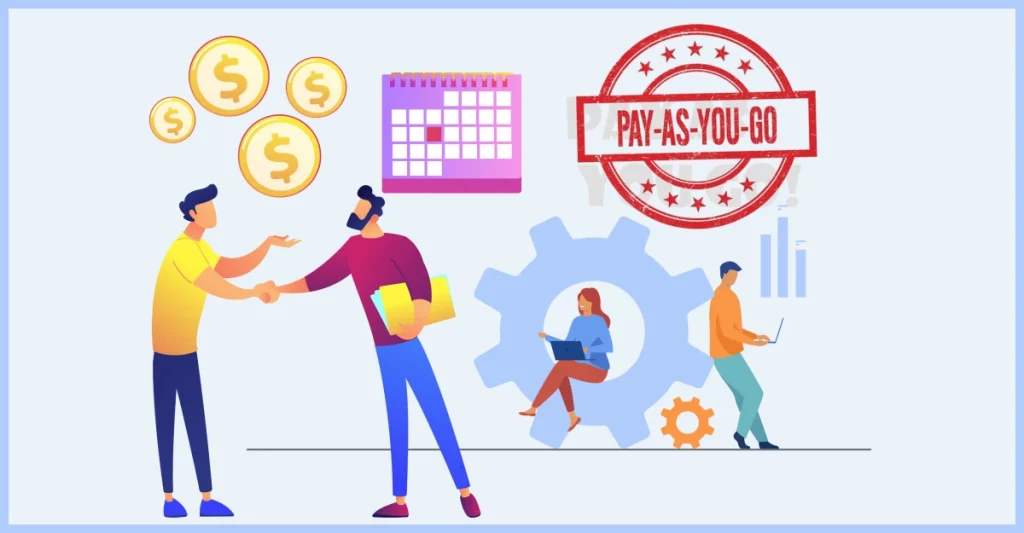
Have listened about Amazon web services, that it offers great services and discounts. Now thinking of using it to get to know more about it!